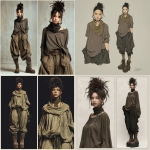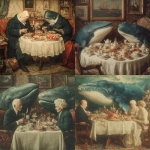Explore the Best AI Image Gallery
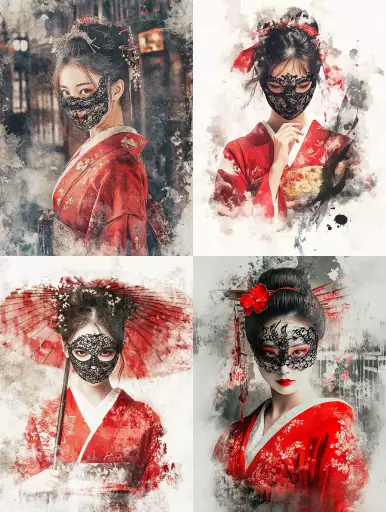
AI-Powered Imagery: Reshaping the Design Landscape
The world of design is undergoing a seismic shift with the advent of artificial intelligence (AI) image generation. This revolutionary technology empowers designers with unprecedented capabilities to create stunning visuals, opening up new frontiers in creative expression and pushing the boundaries of whats possible.
Unlocking Creative Potential: Applications of AI Image Generation in Design
AI-powered image generators are rapidly becoming indispensable tools for designers across diverse disciplines. Some key applications include:
- Logo and Branding Design: AI algorithms can generate a multitude of logo concepts based on specific keywords, styles, and brand attributes, helping designers quickly iterate through ideas and refine their visual identity.
- Web and Graphic Design: Designers can leverage AI to create website layouts, social media graphics, marketing materials, and other visuals with ease. The technology can generate variations based on pre-defined parameters, saving time and effort.
- Illustration and Concept Art: AI can assist artists in generating unique illustrations, character designs, and concept art for books, games, and other creative projects. It can help overcome creative blocks and explore unconventional visual ideas.
- Product Design Visualization: AI-powered tools allow designers to create realistic 3D visualizations of products, enabling them to iterate on designs, experiment with different materials and textures, and showcase their creations in a compelling manner.
Ethical Considerations: Navigating the Landscape Responsibly
While AI image generation presents exciting possibilities, its crucial to address the ethical considerations associated with this technology:
- Copyright and Ownership: Questions arise regarding the ownership of AI-generated images. Who holds the copyright – the user who prompts the AI or the developer of the AI tool?
- Bias and Representation: AI models are trained on massive datasets, which can contain biases that reflect societal prejudices. Its essential to ensure that AI-generated imagery is inclusive and representative of diverse cultures and perspectives.
- Job Displacement: There are concerns that AI image generation could automate certain design tasks, potentially leading to job displacement in the creative industry.
Future Trends: The Evolution of AI Image Generation
The field of AI image generation is constantly evolving, with ongoing research and development pushing the boundaries of whats possible:
- More Realistic and Detailed Images: Advancements in deep learning algorithms are leading to the creation of increasingly realistic and detailed AI-generated images.
- Personalized and Customized Content: AI tools will enable users to generate highly personalized and customized images based on their specific preferences and requirements.
- Integration with Other Technologies: We can expect to see AI image generation seamlessly integrated with other technologies, such as virtual reality (VR) and augmented reality (AR), creating immersive and interactive experiences.
Conclusion
AI-powered image generation is poised to revolutionize the design industry, empowering designers with new tools and possibilities. By embracing this technology responsibly and addressing ethical considerations, we can unlock its full potential to enhance creativity, foster innovation, and shape the future of visual communication.

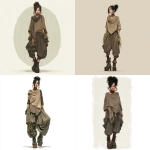

](https://images.ai-img.art/thumbnails/150/ec0cb0bee85af7229e33a02acb89441c1cf702d21b383b244148fbc0d36b85dc.webp)


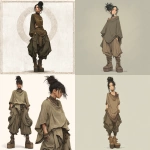
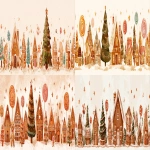







](https://images.ai-img.art/thumbnails/150/21e921e68d4754d45ff17adc76eeaabe152c41a580321a7ec899dcfdf935afca.webp)
](https://images.ai-img.art/thumbnails/150/a386b7328d9a450c8a0cafbdad5815eeb35b0177d0e8fa85f97cbaa5fee75954.webp)
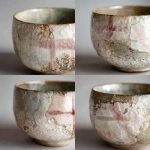









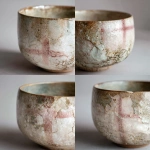




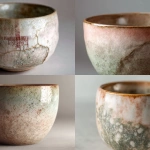
](https://images.ai-img.art/thumbnails/150/42d2d357bc68a8f707abfc29c35e7c9b5388d6559e4e2b94ba648cf0cf734bb1.webp)











